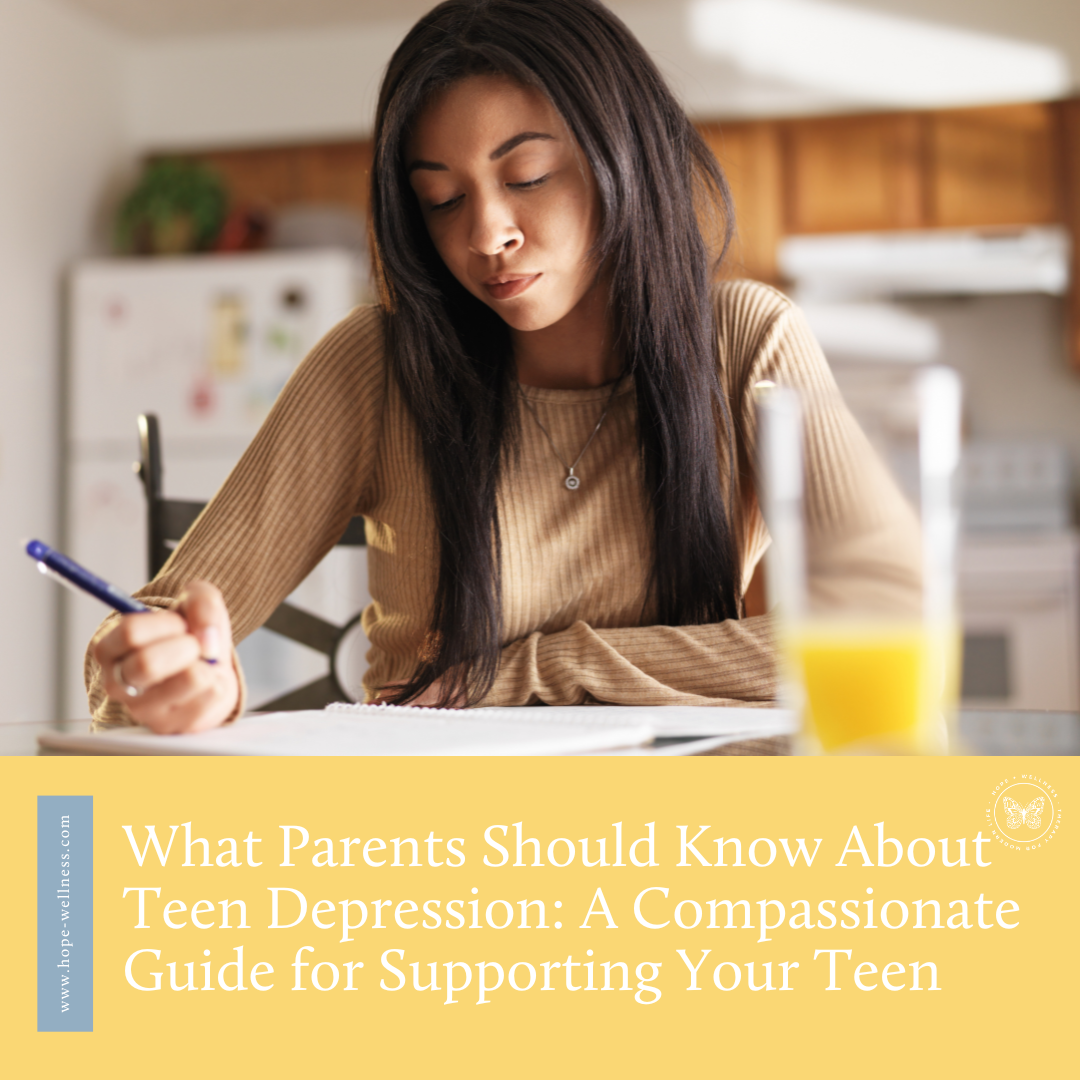What to Teach Your Child About Worry
We’ve talked a bit about anxiety in children before, but what about regular worrying? How can we teach our children the difference between the two? And what can we do to help them develop healthy coping skills for both?
While worrying isn’t a chronic condition the way an anxiety disorder is, it still is something kids need guidance on how to handle. Like all big emotions, they can feel scary and overwhelming when that emotion is new to you.
So first, what’s the difference between worry and anxiety?
Worry tends to be specific, and grounded in reality (ex. I’m worried I won’t do well on this test because I’ve been struggling in this class) while anxiety is typically more generalized and does not necessarily use logic to assess risk. Anxiety is chronic, long lasting, while worry is temporary–and usually due to a specific, high-pressure circumstance. Along with these differences, the way worry and anxiety show up in us is different. While worry is mainly just your mind (worried thoughts) anxiety can be both mind and body. There are many physical symptoms of anxiety to look out for, which can help you distinguish whether you’re feeling anxiety or worry.
The main difference between anxiety and worry is that anxiety often impairs function, and worry does not. Worry may actually work as a motivator, while anxiety can often make you feel frozen and unable to make any changes.
If you think what your child is experiencing is anxiety, not worry, you can find more signs, symptoms & tips on how to help here.
But, what do we need to teach children about worry?
Worrying is normal
Everyone worries! So if they are feeling worry that’s, well, nothing to be worried about. (If it begins to impair their functioning, then it’s time to get outside support). Let them know that you worry about things too! Share some things you worry about, and how you find healthy ways to cope with that worry. Ask them what they are worried about, and let them know they can always share when they are feeling that way.
Worrying comes from somewhere:
If your child doesn’t typically feel nervous or worried, when they do, it might be hard or overwhelming for them to handle. They might not know enough about themselves and their feelings to figure out why they are feeling worried or what caused it without help or guidance. Take some time to listen to their worries. Again, if you think it will comfort them, share one of your own worries and how you manage it. Then, sit with them and find some possible methods of easing that worry.
If your child is worried about a presentation for school, for example, you can ask them if they are worried about the work they’ve done, or if it’s the pressure of presenting in front of peers, or if they are just worried about their grade. Help them find ways to problem solve the worry as much as you can (ex. Practice the presentation in front of you, go over their work with them to be sure they didn’t forget anything, remind them of how much hard work they put into the project, etc.).
Worrying isn’t always bad:
We worry for a reason. Just like we have pain receptors for a reason–a little discomfort can signal to us that something is wrong and needs to be taken care of. When you’re in a dangerous situation and you feel worried–that’s not anxiety being irrational or your brain trying to punish you. It’s setting off a little alarm saying “hey! Something’s not right and we need to do something about that.” Teaching your kids to investigate their worries and listen to that little alarm that goes off will help them to strengthen their own intuition, and help them later distinguish between a gut feeling telling them something is wrong, and anxiety setting off an alarm for something that isn’t there.
If you're looking for support for your child, or if you're not sure where to begin, contact us today for help!









